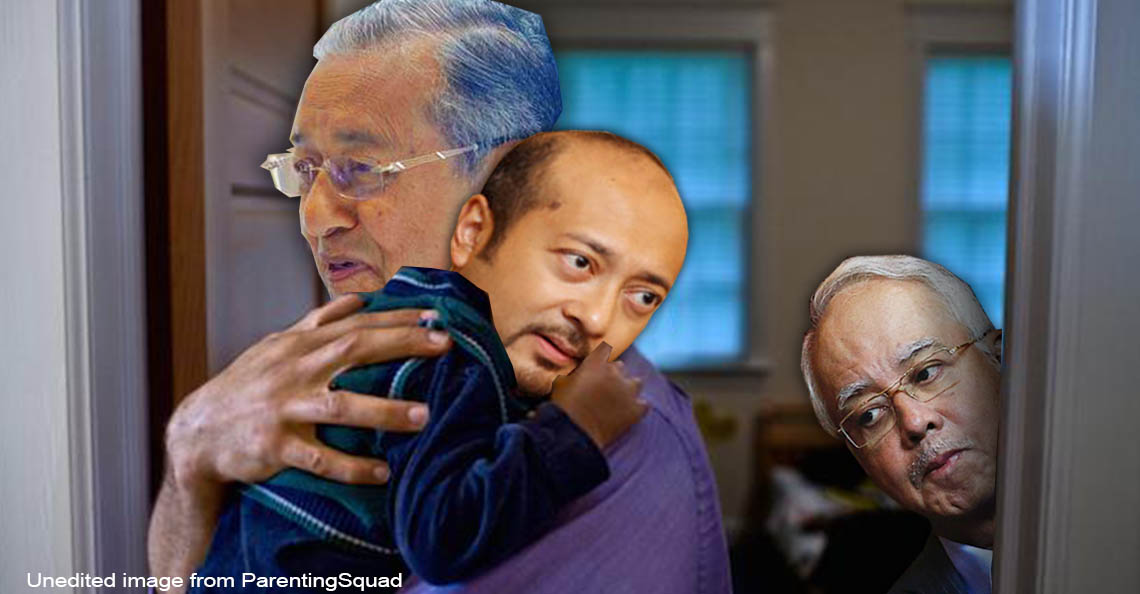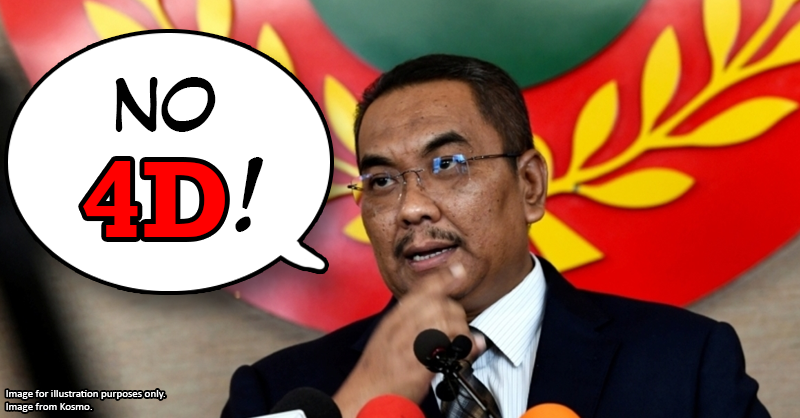Kedah plans to mine rare earths without cutting down trees. Here’s how it might be possible.

- 1.6KShares
- Facebook1.6K
- Twitter9
- LinkedIn8
- Email8
- WhatsApp21
If you’ve been on social media within the past week, you might have seen the Wakedah memes floating around.
“Kedah temui mineral baharu dianggar bernilai RM62 Billion”
Kedah in 2030 #WakedahForever pic.twitter.com/V3iFNE6mRy
— Faizal Rosly (@ijaicool) December 3, 2020
In case you’ve missed the train, the Kedah government had recently announced that they’re going to exploit the state’s mineral deposits worth RM62 billion. For that, they’ve signed a deal with an unnamed local company to explore and extract the minerals in the state. ‘Sudden’ discovery of a precious mineral promised to bring riches to the people? Wakanda indeed.
“This mineral is Allah’s gift to us in Kedah. Such a find would change the lives of our people forever.” – Muhammad Sanusi, Kedah MB, as quoted by FMT.
That’s the fun part of the news. The not-so-fun part is that the minerals contain rare earth elements (REE). The Malaysian experience with REEs so far hadn’t been that great: we’ve got the Bukit Merah radioactive disaster that we’re still cleaning up, and it was the center of the Lynas controversy. So understandably, activists have voiced out their concerns about mining rare earths in Kedah, citing threats to water supply, pollution, radioactivity, logging, and a host of other bad things.
But is it really all that bad, though? The Kedah government hadn’t released all the details about the REE mining deal yet, like the name of the company involved or even the mineral they’re going to mine. However, based on official statements so far, the Kedah MB had said several things:
- The mineral to be mined is not radioactive
- The mineral will be extracted using a new method and not mined like you would mine tin, gold or bauxite
- The extraction process will use tiny pipes bored into the ground
- Not a single timber tree will be felled in the initial process

That’s a little… too clean, isn’t it? So is it realistic to do all this, or is it just PR talk to assure people to leave them alone? That’s what we’re going to find out today, starting with…
1. Is it possible to mine non-radioactive rare earth?
The short answer is yes. Rare earth metals are a collection of 17 metallic elements, and not all of them are naturally radioactive. Some have radioactive variations (isotopes), but they’re usually less abundant than the non-radioactive variations and have very long half-lives, meaning that their radioactive activity is quite low. We’ve compiled the stable (non-radiactive) and unstable (radioactive) isotopes of each of the rare metals in a table for you to see:

An exception to this is promethium, which only exist naturally as unstable isotopes with relatively short half-lives. However, since they decay too quickly to be found, they’re usually very rare. So with the exception of promethium, we have 8 non-radioactive REEs and 8 possible (weakly) radioactive ones.
However, if you look at the Bukit Merah and Lynas case, the radioactive culprits are actually two other elements not part of the REEs: thorium and uranium. Where did they come from? Well, rare earths aren’t exactly rare. They can be found in most places, but they’re usually too ‘diluted’ to make them worth mining. Think of them as the garlic pieces in a plate of nasi goreng: you can dig around and try to separate the teeny tiny pieces, but it’s not worth spending your lunch hour for.
So if you want to get garlic this way, it’s more sensible to look for places that serve nasi goreng with a lot of garlic, and over the course of history, three minerals (or types of nasi goreng) with high REE content had been commercially mined for REEs: bastnasite, monazite, and xenotime. Just like nasi goreng, these minerals unfortunately often have unsavory ingredients mixed in, like thorium and uranium. For example, monazite, which is common in Malaysia as a by-product of tin mining, usually comprise of
- 24-29% phosphate
- 55-60% rare earth oxides
- 5-10% thorium oxide
- 0.2-04% uranium oxide
To get at the rare earth oxides (which are processed to make REEs), the other parts are discarded and became a problem, like how the by-products of processing monazite caused the Bukit Merah incident. So if Kedah aims to mine non-radioactive REEs, they probably won’t be mining these minerals (or most of the other REE-rich minerals). So what will they be mining?
A possible option would be ion-adsorption clays.
And no, that’s not a typo.
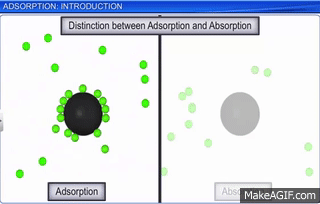
Malaysia had been looking to develop our rare-earth industry since at least 2014, and in the blueprint drawn up for that back then, ion-adsorption clays have been identified as a possible non-radioactive alternative. In short, clay in tropical regions like ours can develop a negative charge on the surface of their minerals, and these attract REE ions that got washed off of our tin-rich mountains because of rain.
The REE ions stick (got adsorbed) to the surface of these clays, and extracting them from these clays is a lot cheaper and easier than from minerals, with none of the radioactive by-products. Ion-adsorption clays also seem to be the target of a similar deal between the Perak government and a Chinese company to explore rare earths in that state last year.
However, assuming that ion-adsorption clays are what the Kedah government is aiming for, this brings us to the second claim…
2. Can Kedah extract these minerals without using traditional mining methods?
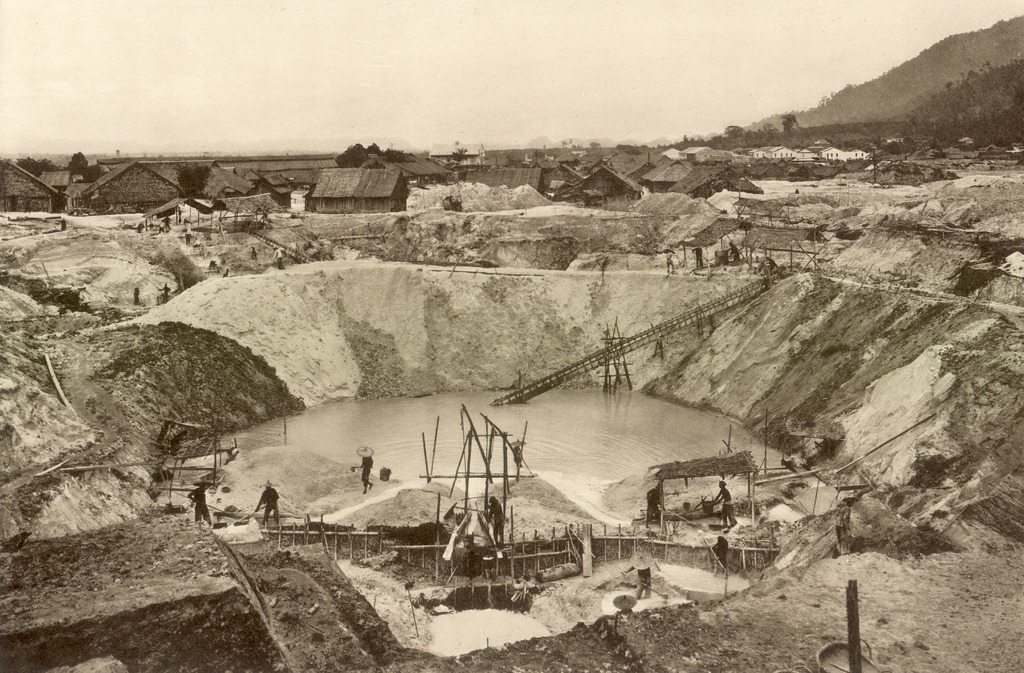
Ion-adsorption clays might be ‘cleaner’, but it has its advantages too. A huge one is that the amount of REEs in them is very small, as little as 0.05%-0.3% by weight. To put that in perspective, if you want to get 1 kg of REE, you might have to process around 2 tons of clay. If we assume that Kedah is going for ion-adsorption clays, one can only imagine how many hundreds of tons of clay will be processed to make their venture viable and the pollution that will cause… but that’s not the main point here.
In China, where REE from ion-adsorption clays make up about 35% of their total REE output, the clay is often mined using the open-pit method. Also called open-cast mining, this involves digging up huge amounts of earth from the surface, and it’s traditionally how we’ve been mining tin and bauxite and several other minerals in Malaysia. We have no idea how else would Kedah process tons of clay without resorting to mining. Even if their choice is not ion-adsorption clays, due to the scarcity of rare earth in minerals, relatively huge amounts of mineral will also need to be processed.
As a side note, while we know that ion-adsorption clays are present in Perak due to their tin-rich mountains, we can’t confirm if Kedah has them. So maybe what Kedah found was a new kind of non-radioactive mineral with very high REE concentrations. We dunno yet. They haven’t told anyone. But moving on to the third claim…
3. Can you really extract rare earths using ‘tiny pipes’?

We can only guess at this, since Kedah says that they’ll be using a new technology, presumably one that’s never been seen before. As said by the Kedah MB,
“Only those with advanced technologies can carry our REE extraction works. I was informed that with today’s technology, not a single timber tree will be felled in the extraction activity.” – Muhammad Sanusi, Kedah MB, translated from Berita Harian.
With pipes in the equation, fracking might come to mind, which is when you insert a pipe into rocks to break them up and release trapped gases. However, this is a mining method for gases, so unless they’re thinking of separating and vaporizing the REEs underground, this seems unlikely. A closer method might be one used by China, where they insert pipes into holes drilled in mountains and flush out the rare-earth containing soil using a mix of water and chemicals. But this probably won’t be it, because it’s not a ‘new’ method.
The best guess we have right now is a mix of the two methods: injecting water and chemicals into mineral deposits underground and extracting a concentrated REE slurry, much like how a spider eats a bug. It satisfies the non-radioactive part (you can just leave the by-products underground), the no-open-mine part (everything happens underground), it uses pipes, and you technically don’t need to fell trees.
Still, these are guesses, but speaking of trees…
4. Does Kedah need to cut down trees to extract rare earths?

Using our hypothetical method from before, it’s possible to mine rare earths without ‘felling a single tree’, but we don’t know whether the ground would collapse on itself with underground mining like that. But even if the ground did collapse, there are no trees to worry about also. The Kedah MB had mentioned that the project will take place in an area in Sik, Kedah, which had been completely felled 2 years ago.
Can’t disturb the trees for rare earths if you’ve already chopped them all down, we guess. So based on all we’ve discussed so far…
Can Kedah really safely pursue REEs to boost their economy? but putrajaya….
If you ask any environmentally-conscious person whether we should start a mining project, most likely they will say no. Even more so if it involves rare earths. But the money involved may be too big to ignore, especially in this economy: earlier this month, it was revealed that our mineral resources are worth a staggering RM4.11 trillion, with rare earths alone making up RM741 billion of that amount. For comparison, Budget 2020’s allocation was RM297 billion.
To the government’s credit, they seem aware of what repercussions mining recklessly can bring, and they are drawing up plans and regulations to mine responsibly, which can be a big task since minerals are part of the jurisdiction of both the state and federal governments. On the federal side, a Malaysian Minerals Development Authority is being set up, and they’re still finalizing SOPs for mining non-radioactive REEs.
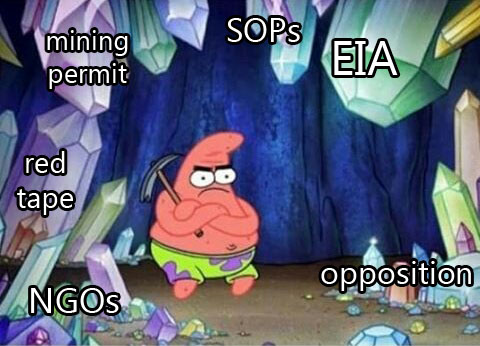
Rare earth mining in Malaysia seems inevitable for now, so we can only hope that the regulations be watertight and the enforcement be serious. As for Kedah, after the initial announcement, Putrajaya had declared that it would not allow any REE mining yet. Kedah had since clarified that they’re still in the early stages of the venture, with only checks on the targeted area’s mineral composition and no mining activities happening for now.
“We have to explore it first, but of course, it will be through the correct process and technologies,” – Muhammad Sanusi, as quoted by The Star.
So in essence, it’s too soon to tell whether or not any REE will be extracted at all, whether the process will be as clean as announced, whether the proposed regulations will hold up, and whether Kedahans will one day be using Kimoyo beads instead of cell phones.

Right now, Wakedah might still be invisible. But… they may also be hidden under a hologram for all we know.
- 1.6KShares
- Facebook1.6K
- Twitter9
- LinkedIn8
- Email8
- WhatsApp21

